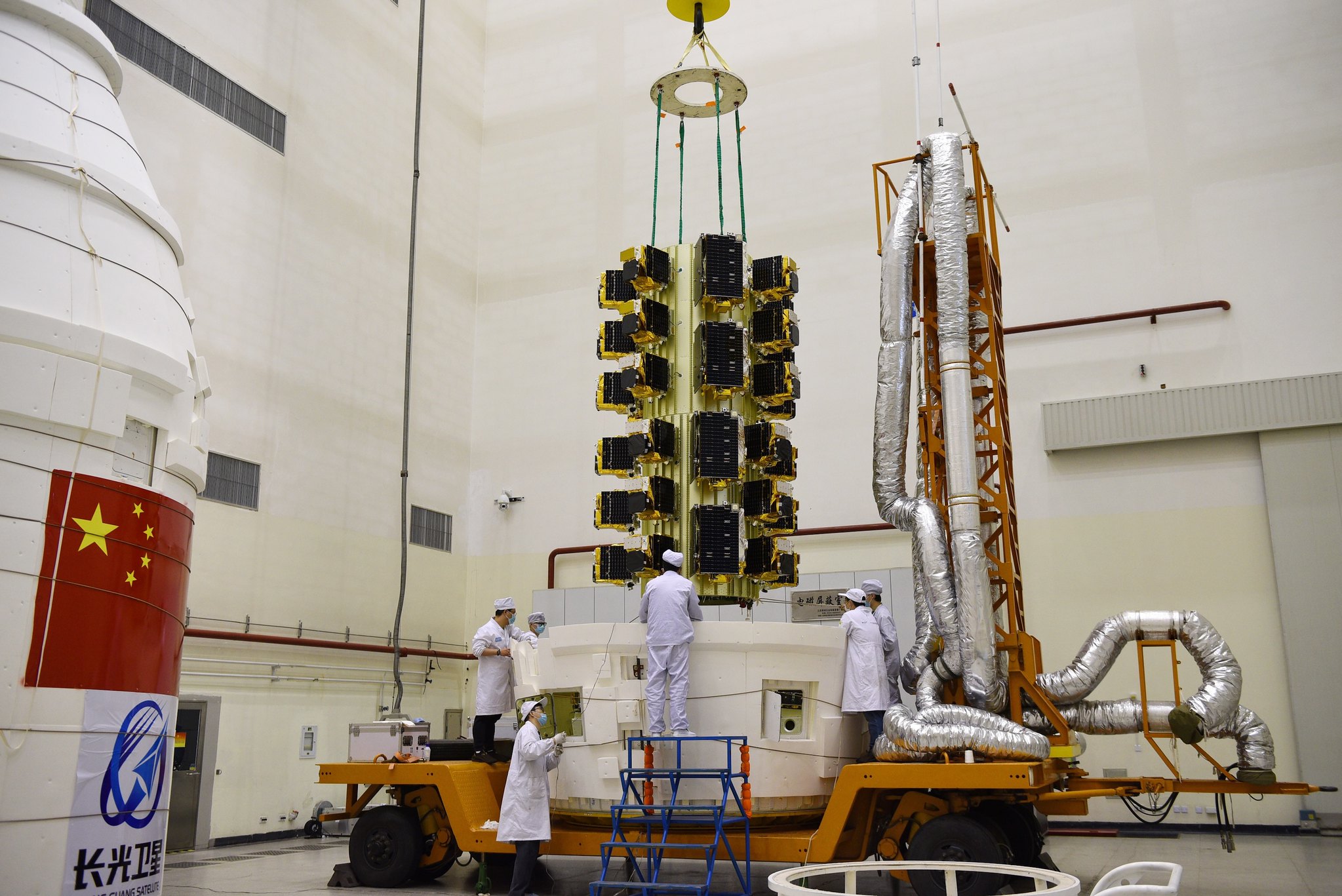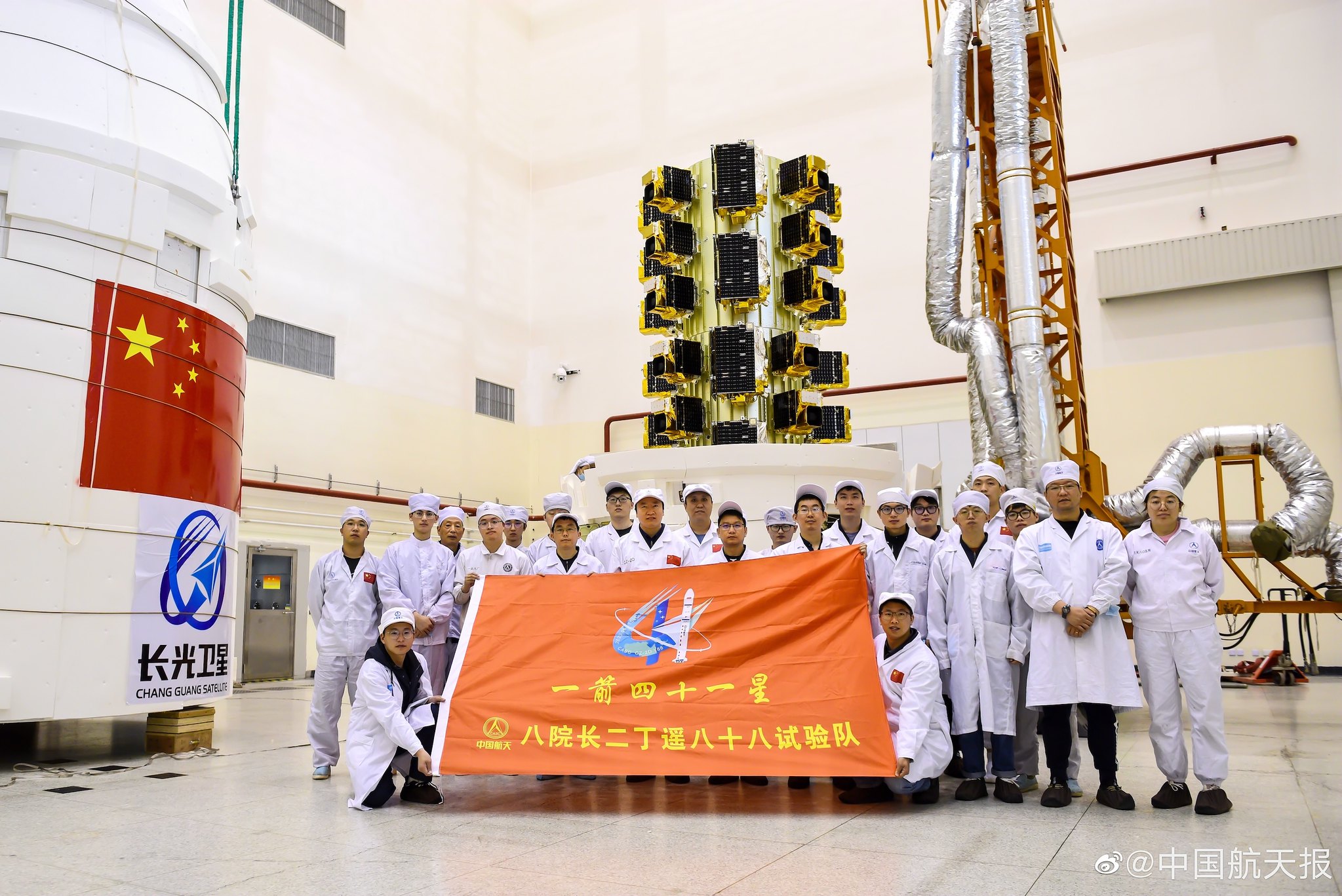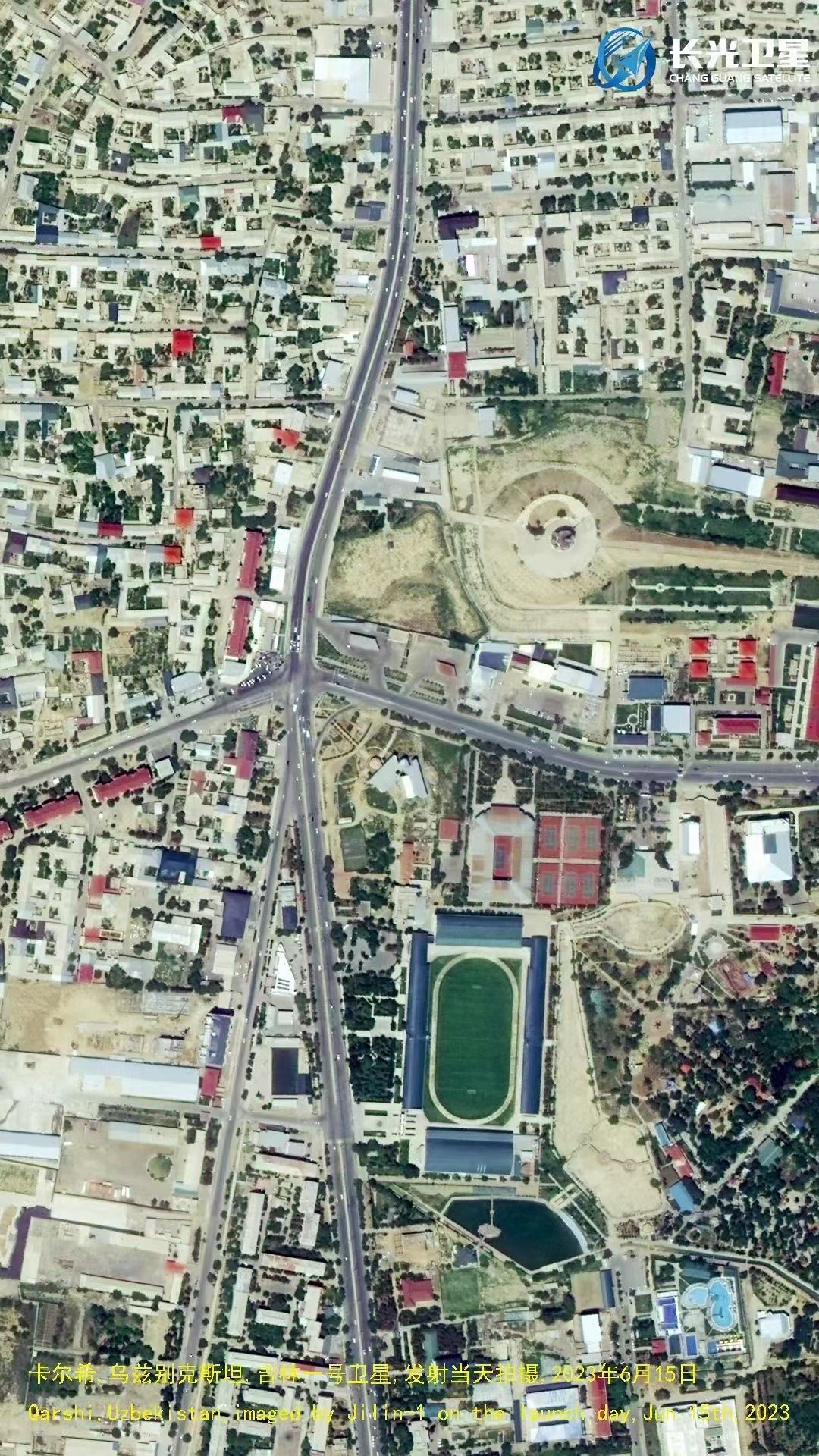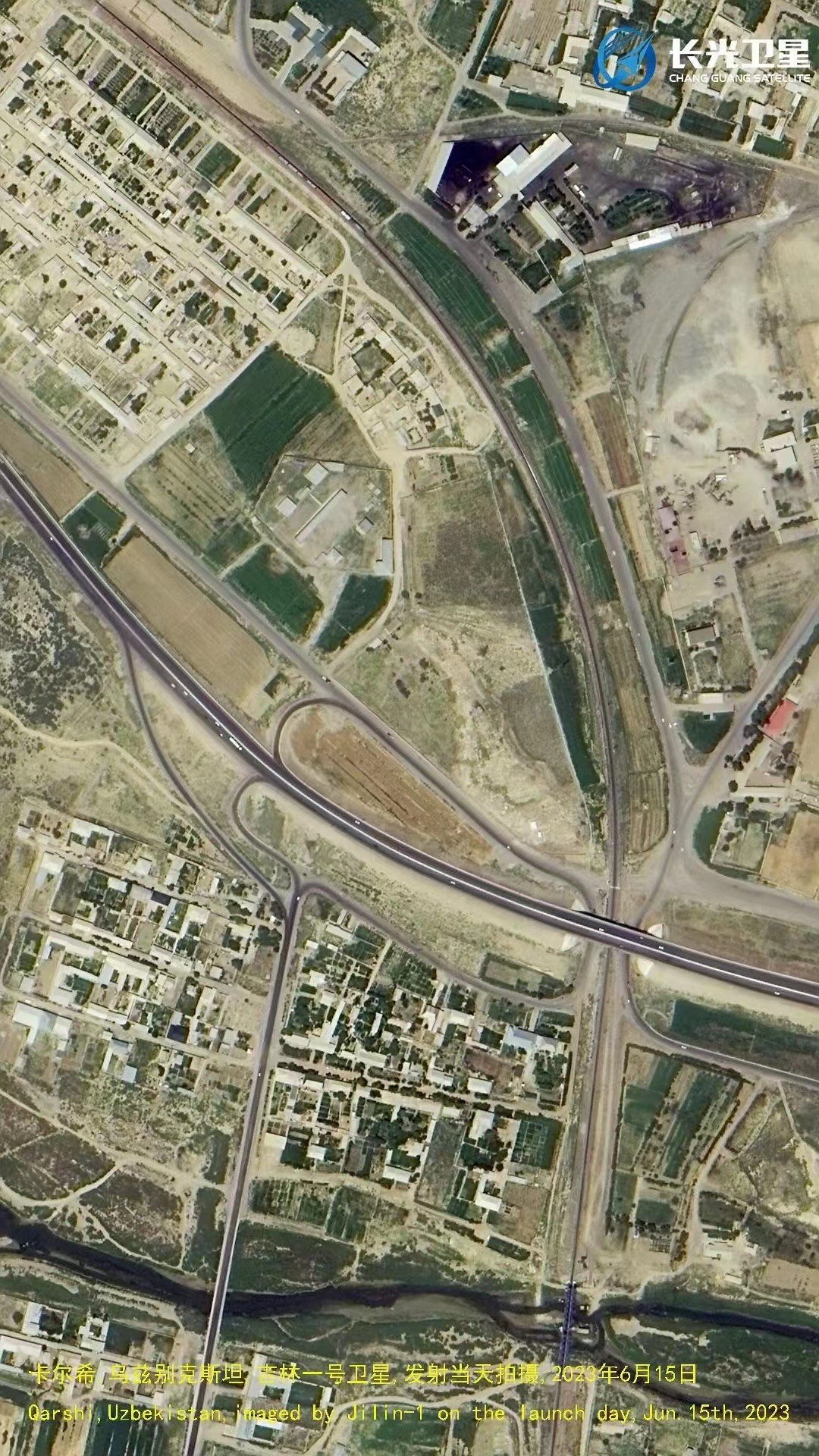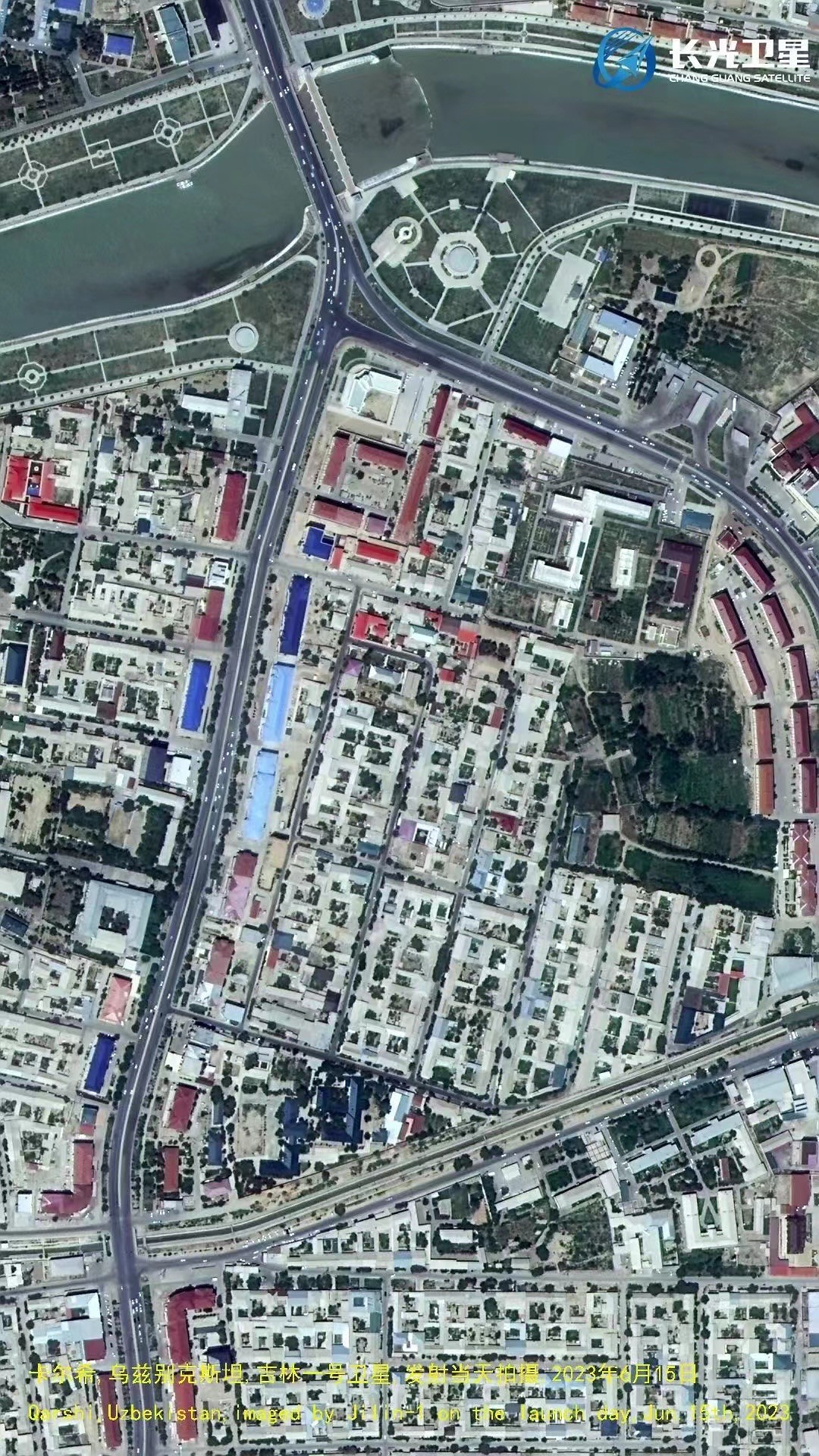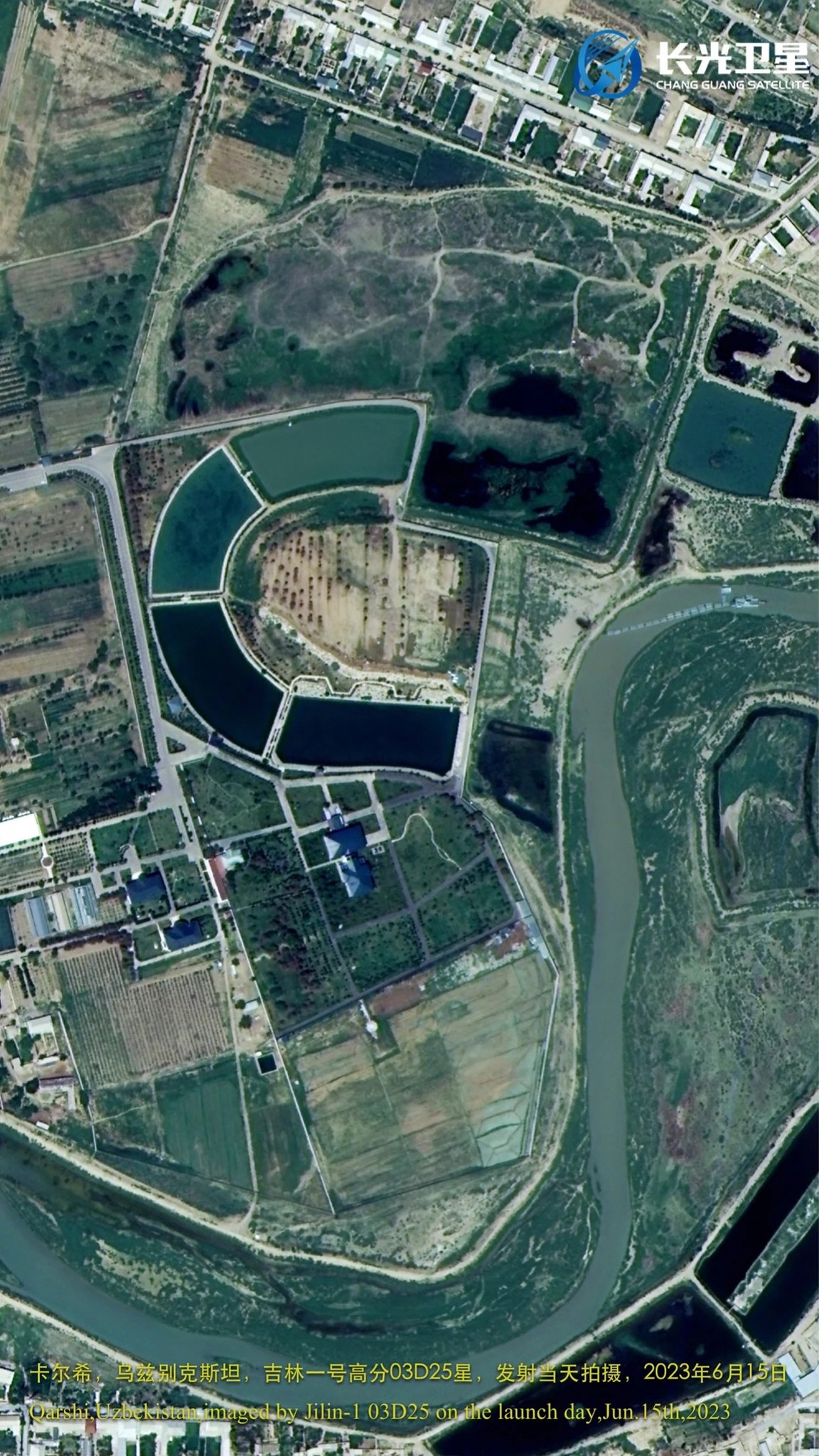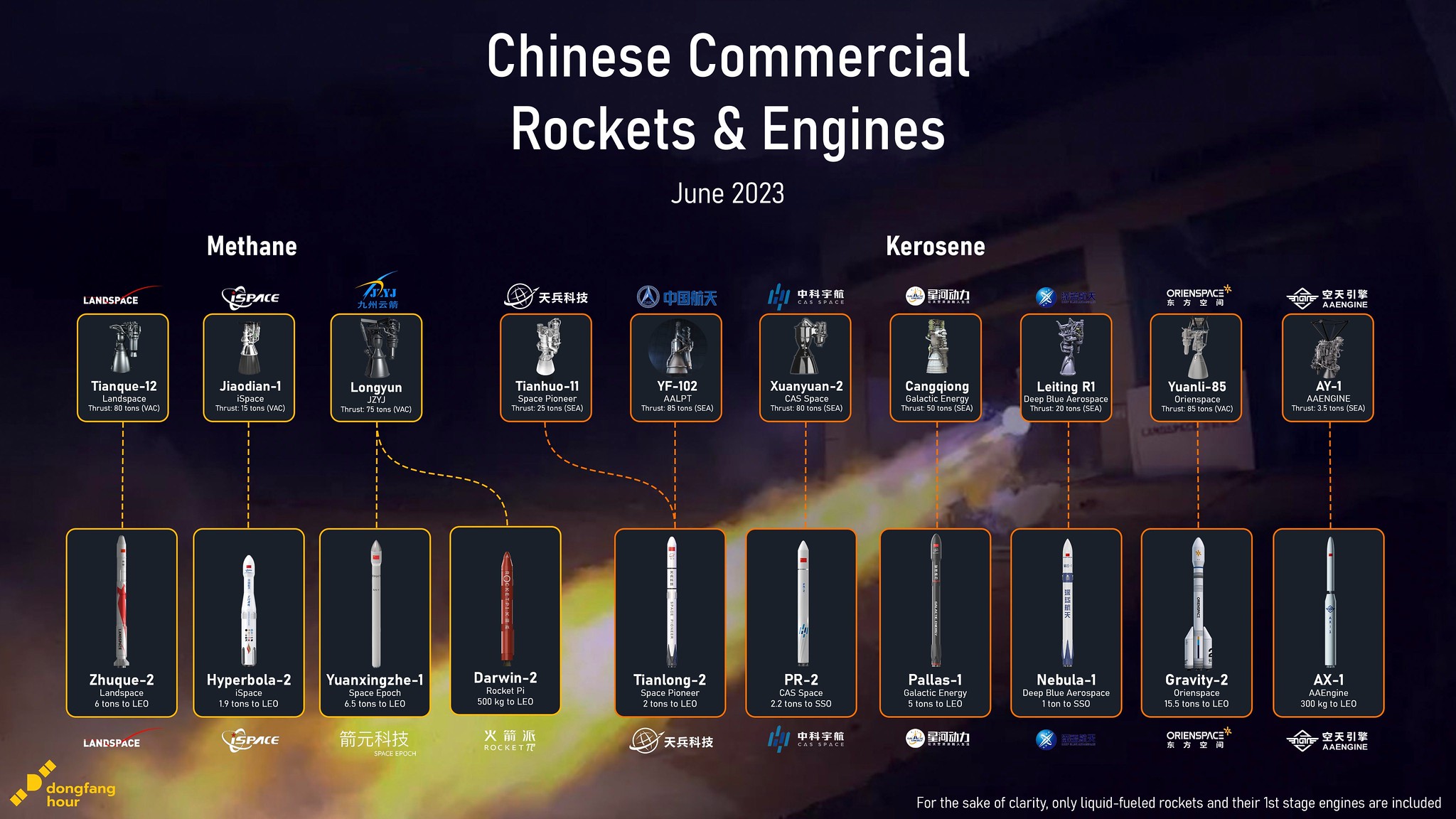by78
General
(Continued from above...)
Some images showing how the 41 satellites were arranged and packed into the payload fairing.
With this launch, Jilin-1 remote-sensing network has been bolstered to 108 satellites, enabling revisits to any location in the world in 39 minutes. More satellites will be added to the Jilin-1 network later this year, which will complete its phase-1 construction and bring the total to 140 satellites and further shorten revisit time to less than 10 minutes. By 2025, the network is scheduled to be expanded to 300 satellites, enabling it to take images of the entire globe every 24 hours.


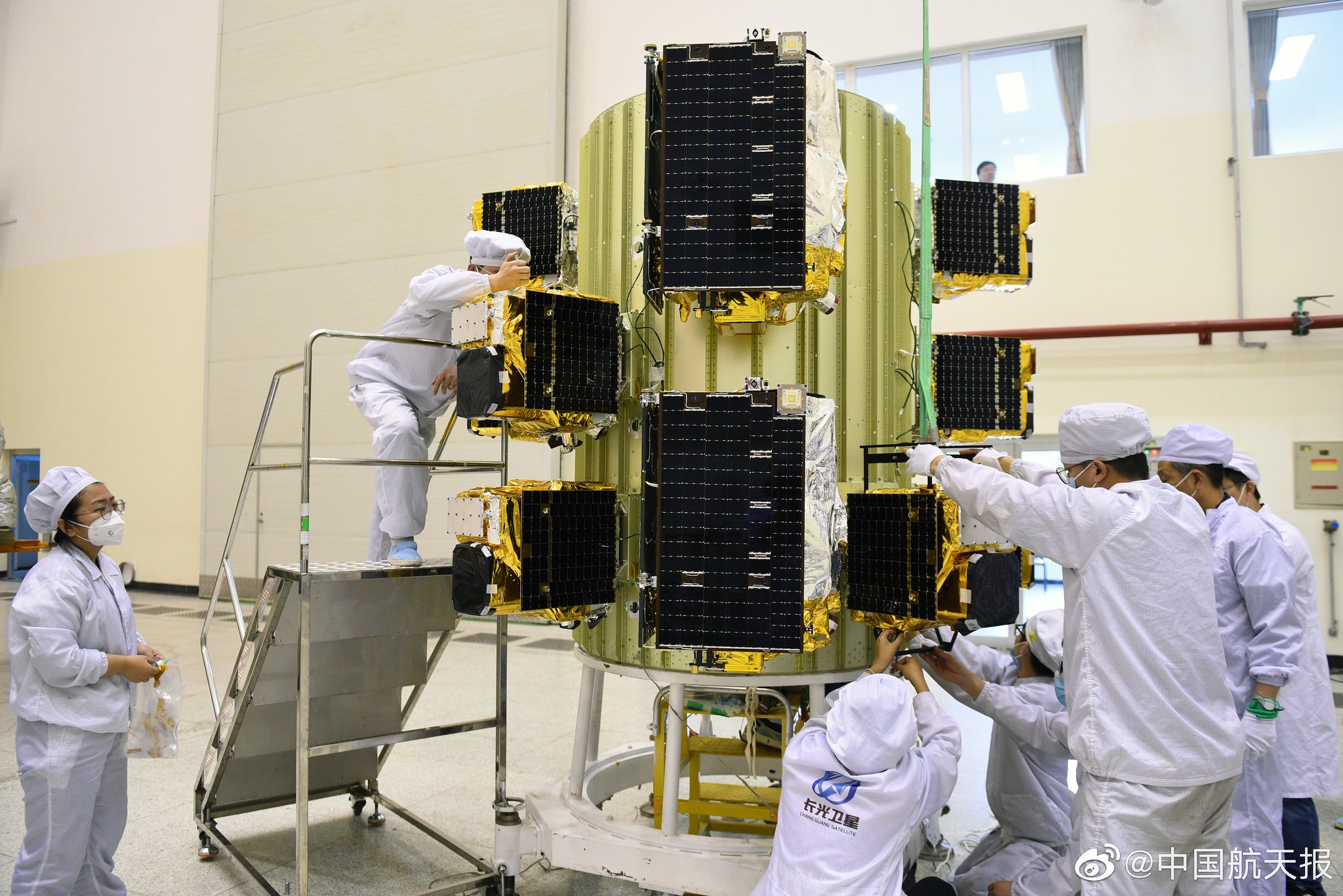

Some images showing how the 41 satellites were arranged and packed into the payload fairing.
With this launch, Jilin-1 remote-sensing network has been bolstered to 108 satellites, enabling revisits to any location in the world in 39 minutes. More satellites will be added to the Jilin-1 network later this year, which will complete its phase-1 construction and bring the total to 140 satellites and further shorten revisit time to less than 10 minutes. By 2025, the network is scheduled to be expanded to 300 satellites, enabling it to take images of the entire globe every 24 hours.




Last edited:

